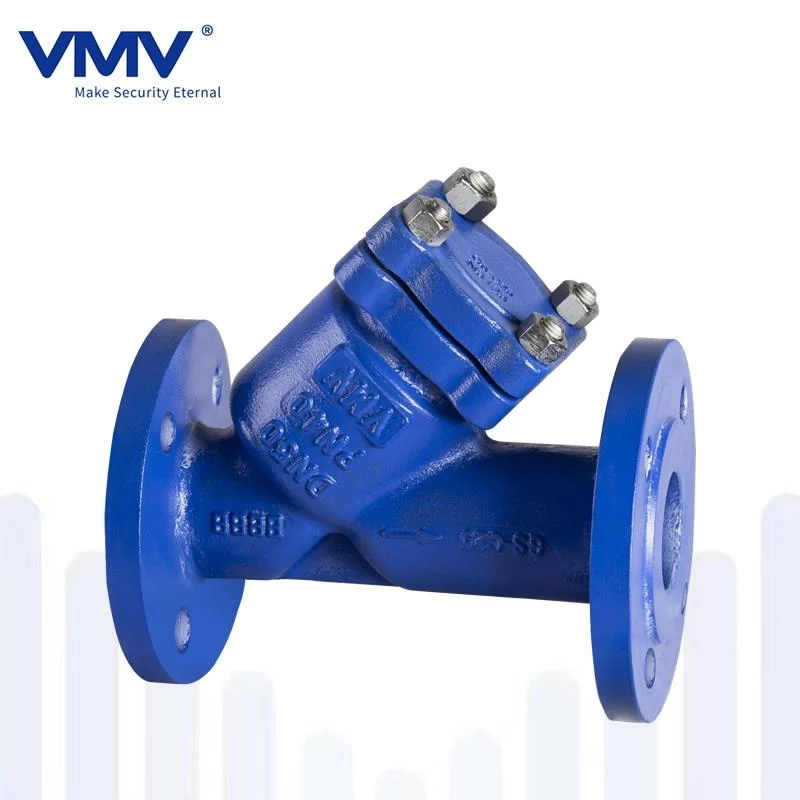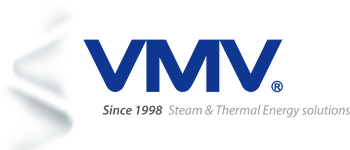The Y Strainer, named for its shape resembling the letter “Y,” is a commonly used pipeline filtration device. It is typically installed in piping systems to Strainer solid particles from fluids (such as water, oil, and gas), preventing them from entering downstream equipment and causing blockage or damage. Y Strainers offer advantages such as simple structure, easy installation, excellent filtration performance, and low maintenance costs. They are widely used in the petroleum, chemical, pharmaceutical, food, and water treatment industries.

Main Components
Main pipe and branch pipe: The main pipe is the primary channel for the inflow and outflow of the media. The branch pipe connects to the main pipe at a certain angle, forming a Y-shaped structure that provides a flow path for the media.
Strainer components: Common Strainer cartridges, Strainer screens, and Strainer elements are the core components of the filtration function, intercepting solid impurities in the media. Materials and specifications vary depending on the application scenario and filtration requirements.
Flanges and flange covers: These connect the pipe and seal the Strainer, ensuring a tight connection between the Strainer and the piping system and preventing media leakage.
Fasteners: Bolts and nuts secure the flange and flange cover to ensure the stability of the Strainer structure. Other Components (Select Types): Some specialized Y-type strainers, such as the hand-cranked brush type, also include a brush holder with a handle, a drain valve, and a pressure gauge for cleaning the Strainer, removing impurities, and monitoring pressure.
Y-Type Strainer Functions
The primary advantage of using a Y strainer in a pipeline is its flexibility. Unlike basket strainers, it can be installed horizontally or vertically, depending on user preference, and cleaning is also much easier.
Equipment Protection
It is typically installed at the inlet of a pressure reducing valve, a pressure relief valve, a constant water level valve, or other equipment to remove impurities from the media, preventing rust, sand, and solid particles from entering the equipment. This prevents wear and blockage, and ensures the proper operation of compressors, pumps, and instrumentation.
Process Stabilization
In the chemical, pharmaceutical, and food industries, Strainering impurities ensures the purity and quality of the media, ensuring stable production processes and reliable product quality.
Reduced Maintenance Costs
Reduced equipment damage due to impurities, extending equipment life, reducing maintenance and replacement frequency, and saving costs.
Maintaining System Pressure Balance
A stable local resistance coefficient effectively maintains system pressure balance, ensuring the proper operation of the piping system.
Y-Type Strainer Installation Environment
Space and Location Requirements
1. Accessibility and Maintenance
Sufficient clearance must be provided before and after the Strainer to facilitate opening the Strainer screen, cleaning, or replacing the Strainer element. Consider the vertical clearance required to remove the Strainer basket and the space available for tools. Avoid installation close to walls, equipment, or areas with dense piping, as this will make maintenance extremely difficult.
2. Installation Orientation
Orientation: The Y-type strainer must be installed in the exact direction of the fluid flow. An arrow is typically marked on the valve body to indicate the flow direction; ensure alignment.
Orientation: For horizontal pipes, the strainer opening (drain outlet) should face downward. This prevents impurities from accumulating on top of the strainer and affecting flow, and also facilitates gravity settling. In special circumstances, horizontal installation is permitted, but upward installation is strictly prohibited.
Inclined Pipes: Avoid installation in vertical pipes. If installation is necessary, choose a vertical pipe with upward flow, with the strainer opening facing downward (i.e., connect a horizontal section of the vertical pipe to install the Strainer).
Piping System Requirements
Installation Location
Before the Pump: Typically installed before the pump, flow meter, control valve (such as a pressure reducing valve or regulating valve), heat exchanger, steam trap, or other critical or precision equipment to protect them from damage caused by impurities in the pipe. This is the most common installation method.
Before the Instrument: For example, before the flow meter or pressure gauge, to prevent impurities from interfering with measurement accuracy.
Bypass Installation
For critical systems where interruption of operation is not permitted, consider installing a bypass pipe. When the Strainer requires cleaning and maintenance, the bypass valve can be opened and the shutoff valves before and after the Strainer closed to divert the flow to the bypass without disrupting system operation.
Support and Stress
The piping system must have its own support; it cannot rely solely on the Y-type strainer to support the piping. Excessive piping stress or weight can cause deformation or damage to the Strainer body. Ensure that the piping is securely supported, especially in areas with high vibration, such as the pump outlet, to reduce impact on the Strainer.
Environmental Requirements
Temperature and Corrosion
The ambient temperature should be within the tolerance range of the Strainer and its sealing materials (such as O-rings). High-temperature environments may require the use of metal seals or specialized materials. If the environment is inherently corrosive (such as the acid mist environment in a chemical plant), select a Strainer material and surface treatment suitable for the environment (e.g., stainless steel 316L, nickel-plated, etc.).
Freeze Protection Considerations
If installed outdoors or in an uninsulated area, the Strainer and the liquid in the piping may freeze in cold conditions. Consider measures such as insulation, heat tracing, or timely draining.
Visibility and Warnings
It is best to install the Strainer in a visible location, allowing easy access to the pressure gauges at both ends of the Strainer (if installed). The pressure differential (inlet pressure – outlet pressure) can be used to visually determine if the Strainer is clogged. If installed in a concealed area, an inspection port should be provided or the pressure differential should be directed to the control room for monitoring.
Supporting Accessories
For optimal operation and maintenance, the following accessories are recommended:
Pressure Gauges: Install a pressure gauge at both the inlet and outlet of the Strainer. An increase in the pressure differential (e.g., a pressure differential greater than 0.5-1 bar compared to when it was newly installed) is the clearest sign that the Strainer is clogged and requires cleaning.
Drain Valve: For large systems or those requiring online drainage, a drain valve can be installed at the drain port at the bottom of the Strainer to allow for partial removal of impurities without opening the Strainer.
Globe Valve: Install stop valves before and after the Strainer to isolate the Strainer during maintenance.
The above is a brief introduction to Y strainers. If you have purchasing needs, please contact us. Newton is happy to assist you.

